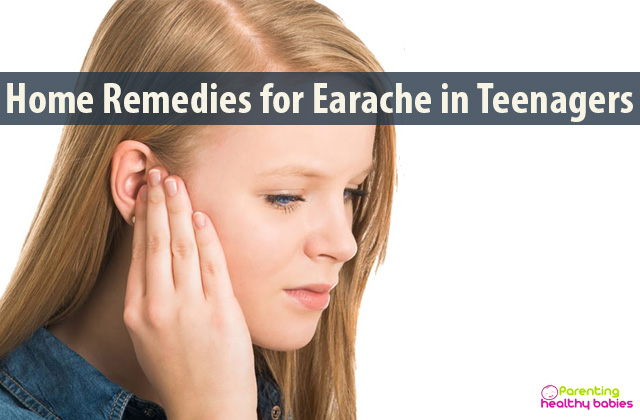Taro and poi are often regarded as harmful for kids. But it is mostly a myth. Taro needs to be carefully cooked. It is certainly not poisonous or harmful. Rather it contains certain levels of calcium oxalate. This causes discomfort and irritation in the throat. For a child this can cause greater trouble. However, this happens not due to the presence of any harmful substance. Taro contains calcium oxalate. Calcium oxalate triggers the irritation in the throat. Here are some Health Benefits of Taro.
What is Taro?
Taro is nothing but a root vegetable. It is very popular in some corners of the world. Originating from South East Asia it is widely available in the Asian markets. Appearance wise it is very strange. Larger taro roots can be fat and egg-shaped. Sometimes the roots are oblong in shape. The skin of taro tends to be thick, rough and hairy.
The inner flesh of the taro is white, grey or purple in color. Purple or brown flecks are also found. Smaller tubes along the roots are called eddoes.
What is Poi?
Fermented taro is known as poi. It is mostly found in Hawaii. Poi is prepared from mashed and cooked taro. The mashed and cooked taro is allowed to be fermented for several days. Freshly prepared taro is normally sweet. But fermented taro tastes a bit tangy. It tastes a bit like yogurt. Your child might enjoy the taste.
Due to fermentation poi is rich in digestive enzymes. These enzymes help to keep a clean gut for your child. Children who are allergic to dairy products can be offered poi.
Health Benefits of Taro for Children:
Surprisingly taro offers a number of health benefits for your child. It is much nutritious than potato. Taro is also an excellent energy source. The different health benefits are described below:
Strengthens Bones
Taro is an excellent source of potassium. Potassium helps your child to grow stronger bones. Feeding taro to your child at an early age can help their bones grow stronger. Taro also contains a high amount of magnesium. This also helps your little ones bones to become stronger.
Excellent Carbohydrate Source
Taro is rich in carbohydrates. Carbohydrates are essential for your child’s growth. It boosts your little one with adequate energy.
Healthy Skin
Taro contains high amount of both vitamin E and C. This helps your little one to have healthy skin. It also boosts proper hair and nail growth in children.
Boosts the Growth of Red Blood Cells
Taro is also rich in folate or folic acid. This helps the growth of red blood cells in your child. This boosts their energy. It also provides them adequate immunity.
Rich in B Vitamins
Taro has amazing amount of B vitamins. B vitamins aid your child’s blood circulation and brain development. They also help in the improvement of the nervous system. B vitamins in taro also help to fight any sort of birth defects in your child.
High Protein Content
Taro is one of the rare vegetables with high protein content. The amount of protein in taro makes it very beneficial for kids. Protein induces muscle growth and overall development. It also helps to make your child more energetic.
Is Taro Harmful for kids?
Taro is actually a very digestible food. It is also a hypoallergenic. But due to the presence of the calcium oxalate, careful cooking is advised. There are no known harmful side effects of taro.
Through cooking often breaks down the calcium oxalate. This makes it edible for kids. Once a taro is made edible, you can safely offer it to your little one.
Giving Taro to your Child:
Taro needs to be very carefully cooked. The presence of calcium oxalate makes it a bit risky. Otherwise, it is harmless and very beneficial for children. Baking can make taros drier than usual. That is why boiling is preferred.
Smaller roots need to be scrubbed off. The skin can be peeled after boiling. Then cut them into smaller chunks. Make sure that the chunks are ‘fork tender’. After that you can puree the chunks in a mixer. Sprinkle a bit of water to the puree to make it softer.
You can also make your own poi for your child. You can allow the mix to ferment. But the risk of bacterial contamination is higher in such cases. That is why it is better to avoid. For your child, you can dice and cook it. Otherwise you can mash it and stir it in a little bit of white oil.
Taro is also very versatile. You can replace potato mashes and feed your child with taro mash, instead. This will be more beneficial for the child. Do remember that boiling and peeling of the thick skin are essential steps to be taken in order to reduce the extent of calcium oxalate.
Precautions:
Home fermentation of taro is better to be avoided. However, commercially available poi is good for your child. It improves their digestion. Allowing your child to have taro mash instead of potato mash is also a good ploy.
But if your child is allergic to root vegetables then taro is not a good alternative. You should consult your paediatrician before adding taro to your child’s diet.













